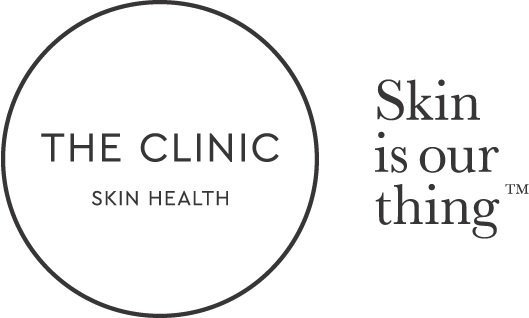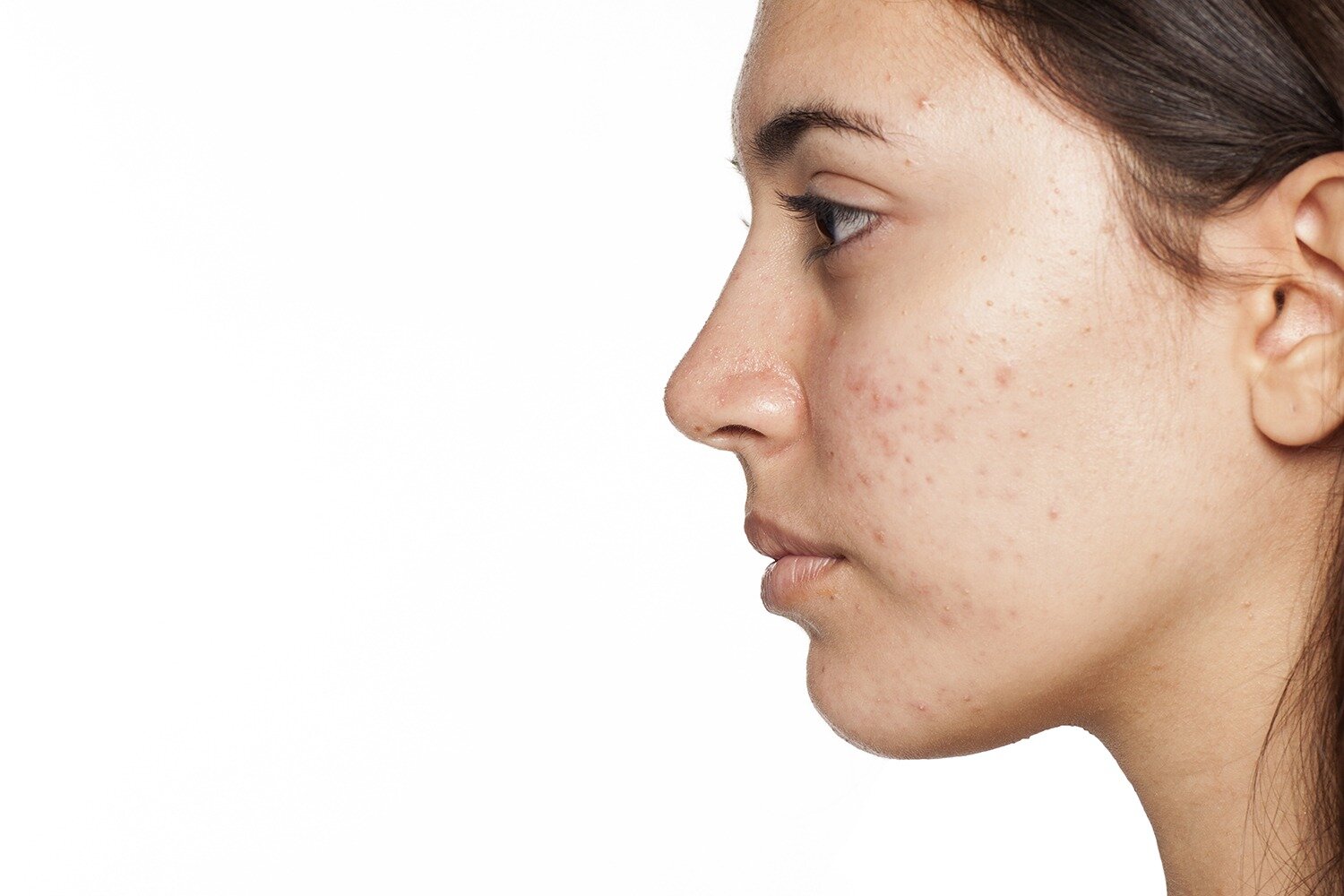What Causes Post-Pill Acne?
Cara Ho
Coming off birth control doesn’t have to be a nightmare for skin. True, it was a nightmare last time, which is why you returned to the pill after only a few months, right?
But this time will be different, because this time, you know about post-pill acne. You know it will get worse for six months, and then you know it will get better. And this time, you will have more knowledge on how to treat it.
What causes post-pill acne?
Certain types of hormonal birth control suppress sebum (skin oils) to “childhood levels,” which is a bit frightening when you think about it. Adults are supposed to have more sebum than children, so it’s an abnormal situation. Your skin responds by up-regulating sebum, and that up-regulation can persist for months even after you stop the pill .
Post-pill acne is the result of:
1) Rebound sebum production as you withdraw from the sebum-suppressing drugs drospirenone (Yasmin) or cyproterone (Brenda or Diane), and
2) A temporary surge in androgens (male hormones) as your ovaries kick back into action, and during which time you could be mistakenly diagnosed with PCOS.
The withdrawal process won’t last forever, but it could last up to a year or more. And post-pill acne is usually at its worst about six months off the pill—just when you were about to give up hope. But please don’t give up hope!
You’ll get through post-pill acne (usually within twelve months), and you can use natural treatments to ease the way.
Natural treatment of post-pill acne:
For best results, start treatment a couple of months before you stop the pill. That way, your skin will be less reactive, and better able to withdraw from the drugs.
• Avoid normal A1 that is found in cow’s dairy. Dairy causes acne because it spikes a hormone called IGF-1 (see Insight into Acne) and because it contains an inflammatory protein called A1 casein and stimulates histamine release. There’s very little A1 casein in butter and heavy cream, so they’re usually okay. There’s no A1 casein in ricotta, goat or sheep dairy, so they’re okay. All other dairy (yogurt, cheese, ice cream, milky coffees) is a problem for skin.
• Quit sugar (concentrated fructose). Sugar causes acne because (like dairy) it spikes IGF-1. Sugar is concentrated in desserts, honey, fruit juice, and dried fruit (whole fruit in moderation is okay). Sugar is a problem for skin for everyone, but it is particularly a problem if you have PCOS. Do you know if you have PCOS? Are you sure? A normal ultrasound does not rule out PCOS. Speak to your doctor, but according the Lara Briden esteemed Naturopath and author of the Period Repair Manual, don’t let her talk you back onto hormonal birth control because the pill is not good for PCOS. It worsens the insulin resistance that causes PCOS.
So, how could dairy and sugar be causing your acne? They were never a problem before right? Well, before the pill (and on the pill) your skin was less reactive and could cope with acne-causing foods. Now your skin is in the throes of pill-withdrawal, and so cannot cope with dairy and sugar.
• Take zinc. Zinc reduces keratin production, so it keeps pores open. It also kills bacteria and reduces testosterone. In many ways, zinc is the perfect medicine for post-pill acne. It’s also one of the key nutrients depleted by hormonal birth control. According the Lara Briden, you’ll probably need at least 30 mg in an absorbable form like liquid. You may need more than 30 mg. Speak to your clinician for more customised advice as every single body is different.
• Consider taking DIM (diindolylmethane), which is a phytonutrient from broccoli. It blocks androgens (male hormones) and is one of the most popular natural treatments for acne.
• Consider taking berberine, which is the active constituent in a number of popular herbal medicines such as goldenseal (goldenseal is also found in ‘Actrol powder’ by DMK). Berberine works for skin because it’s antimicrobial, anti-inflammatory, and improves insulin sensitivity (thereby reducing the acne hormone IGF-1). Finally, berberine reduces androgens in women, which makes it a particularly good choice for PCOS. Don’t take berberine if you are pregnant or breastfeeding, and speak to your pharmacist before combining it with prescription medications. Dr. Lara generally recommends berberine not be used for more than eight weeks continuously. If you need it for longer, then take a week off, and then resume.
• Consider supporting healthy stomach acid with gentian or betaine hydrochloride (HCL). Forty percent of acne-sufferers have low stomach acid.
How long until skin improves?
You might see an initial improvement within a few weeks, but then see a worsening with stress or your next round of PMS. Real, lasting improvement is a longer-term project and should start to appear within six months. Continue treatment until your skin is truly better, and then you can stop the supplements and relax the diet somewhat. (Although you’ll probably never want to go back to a high-sugar, high-dairy diet.)
Follow Gabby’s post-pill acne journey over on our Instagram!

